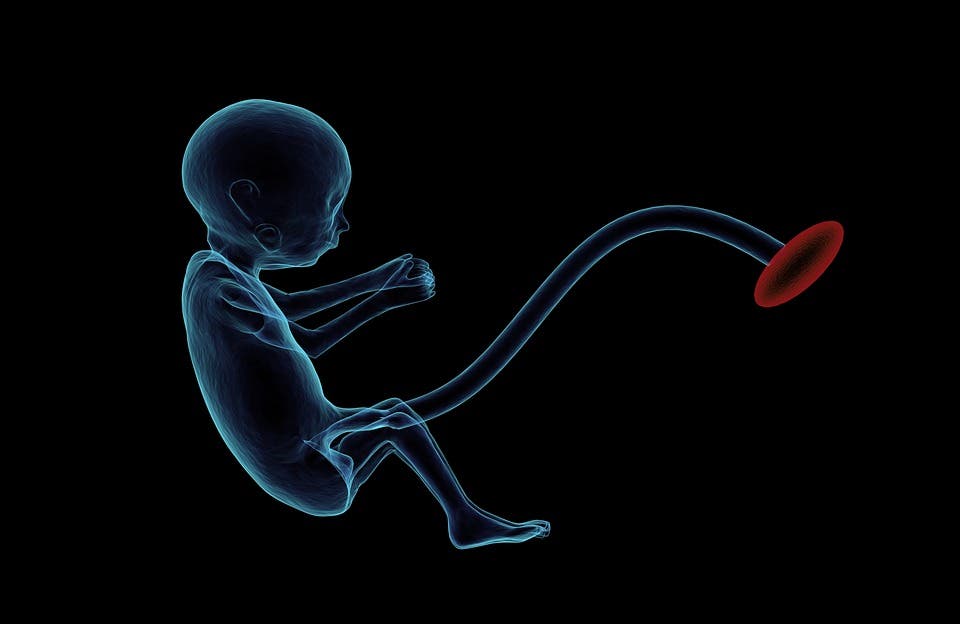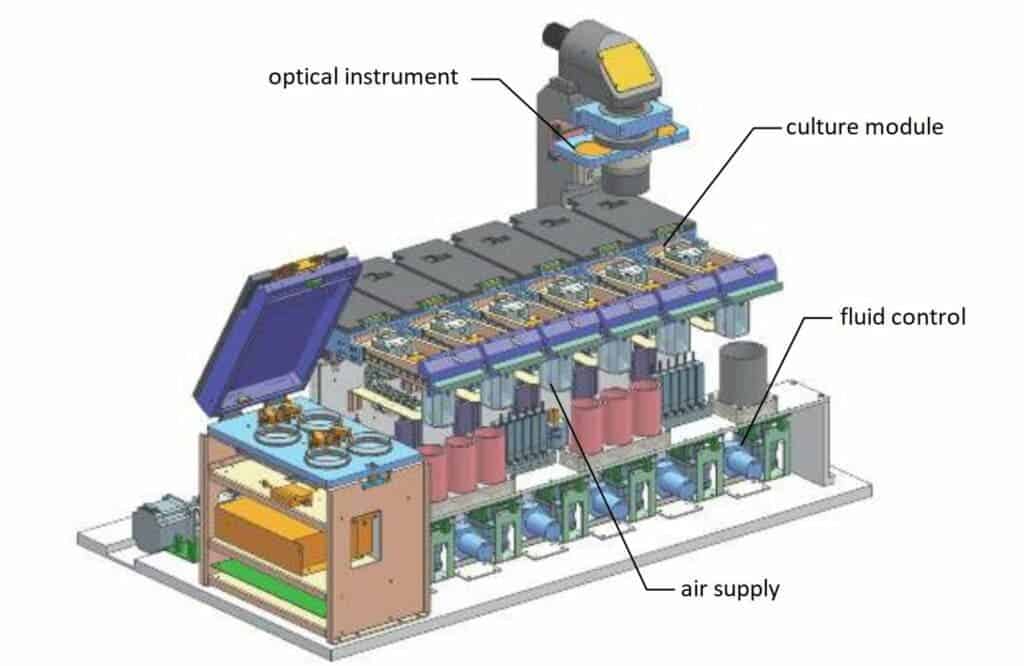
Researchers in China have developed an artificial intelligence (AI) system that monitors in real-time and takes care of developing mouse fetuses as they grow in an artificial womb. The robot constantly measures key embryo development indicators, such as carbon dioxide levels or nutrients, and adjusts them accordingly for optimized growth. Although the technology is being tested on mice, it’s within the realm of possibility that some humans may someday be birthed in very much the same way via an artificial surrogate. But before this happens, many ethical concerns stand in the way.
Artificial wombs: abominable contraptions or a life-saving cradle?
Ex-utero gestation — that is, the gestation of an unborn infant outside the body, using an artificial womb — has been gaining a lot of attention in the past decade. For instance, in 2017, scientists in the United States devised a womb-like environment filled with a substance that mimics prenatal fluids in which premature lambs matured for four weeks healthily. This ‘biobag’ has the potential to change the face of neonatal intensive care units, giving premature babies born earlier than 24 weeks a fighting chance at survival.
At the moment, babies younger than 22 weeks have no hope of survival. Even older premature neonates face overwhelming odds as their hearts and lungs are not yet fully developed to function outside the womb, even when helped by life-support systems in neonatal units. Even those who make it may experience complications that can lead to life-long disabilities. Ideally, such babies would be immediately transferred to an artificial womb once they’re delivered to continue their development until they’re healthy enough.
Beyond saving premature babies, artificial wombs are appealing because they allow women to have babies without the trauma of childbirth. Most women experience some level of injury during childbirth, including muscle tears, lifelong incontinence, organ damage, or fractures to pelvic bones. In extreme cases, some expecting mothers go through severe labor complications, including heart attacks, kidney failure, and aneurysms, which can be life-threatening for both mother and infant. Then there’s the psychological toll of childbirth, which has been associated with postnatal PTSD and depression.
The fact that there’s a growing demand for surrogacy tells us that artificial wombs may have a future. During gestational surrogacy, eggs from the biological mother are fertilized with the father’s or donor’s sperm and then the embryo is placed into the uterus of the surrogate, who carries the child to term and delivers it. In this case, the biological mother is still the woman whose eggs are used, while the surrogate is called the ‘birth mother’. However, surrogacy doesn’t solve the complications related to childbirth or prenatal babies — it just externalizes these risks to a third party.
The AI nanny

This is where artificial wombs may come in, and the technology — although not feasible at the moment to deliver babies, even if it was legal — is growing rapidly. In 2019, researchers from China grew a monkey fetus from the stage of a fertilized egg to the organ forming stage inside a synthetic uterus, marking the first time a primate embryo has developed this far outside its mother’s body.
Now, researchers at the Suzhou Institute of Biomedical Engineering and Technology, also from China, just published a study in the Journal of Biomedical Engineering, in which they described the workings of an AI that monitors embryos as they develop into fetuses and adjusts key parameters for optimal growth. In this case, the artificial womb — which the researchers call a “long-term embryo culture device” in their study — grows multiple mouse embryos inside cube-shaped enclosures filled with all the nutritious fluids they need to develop.
This kind of ex-utero embryonic development requires careful observation because the needs of the embryo can differ depending on its growth stage. The development process then has to be manually adjusted, a task that is cumbersome and prone to human error. But the robotic system automatically monitors and adjusts the embryo development environment in real-time and around the clock. Even the slightest changes in embryo development are registered and fine-tuned for optimal development, according to the South China Morning Post.
Additionally, the robot takes ultra-sharp images of varying depth during key development moments. This kind of monitoring could, for instance, reveal important insights about the very earliest development phases of the human embryo, which is still shrouded in mystery. However, international laws prohibit studies on human embryos beyond two weeks of development — anything more is deemed unethical, although this position may change if the societal benefits derived from such research heavily outweigh the downsides.
Overall, the AI and embryo development system are not a true artificial womb, since the mouse fetuses aren’t grown to live pups but it’s a step forward in the right direction, a proof of concept that may pique interest, especially in China. Although people associate China with seemingly never-ending population growth and draconian ‘one child’ policies meant to stave off overpopulation, that’s no longer true at all.
China’s demographic profile is catching up with that of other developed countries: people are marrying increasingly later and are having fewer children. In 2021, China experienced the lowest net population growth in six decades, with only half as many being born compared to 2016. Artificial womb technology may help reverse this trend that worries states across the world. But are we ready for this cyberpunk-like mode of reproduction?


